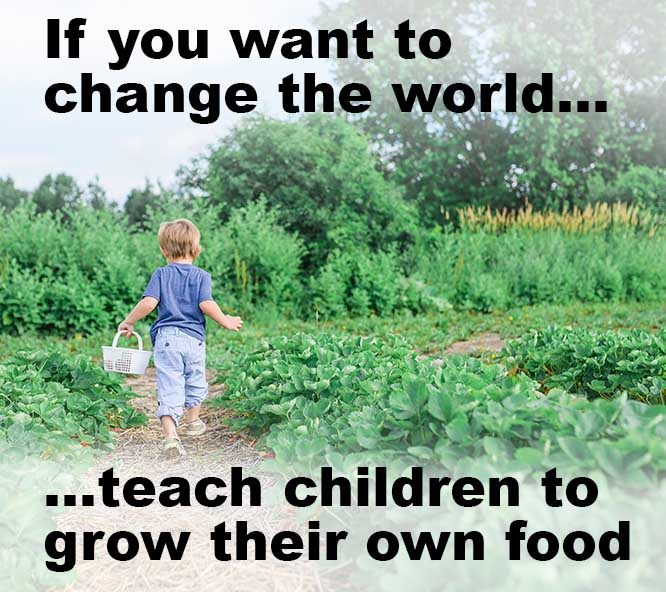Over a year ago I spent three weeks in Minnesota to join the front line of a battle for the Earth. I joined the struggle of Anishinaabe People fighting the installation of Enbridge Fossil Fuel Line 3 pipeline from Alberta, Canada to Lake Superior. I joined a very large affinity group of people from New England, Washington, DC, New York, Colorado.
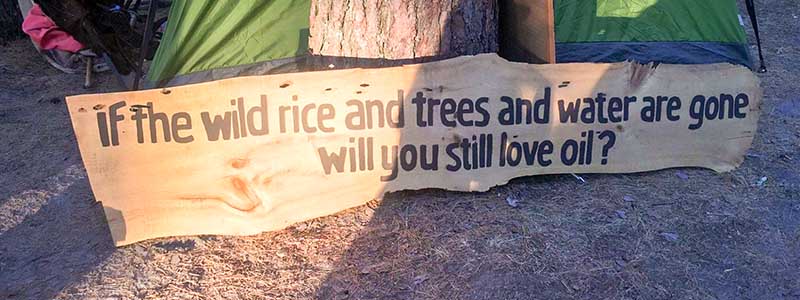
Affinity Groups
Affinity Groups in this case are small groups of people who work together, train together, are bonded in some kind of way and do acts of nonviolent civil disobedience together. We weren’t small but we certainly worked together. The group was loosely connected.
I was perhaps the oldest at 75 but later a small group of elder Quakers showed up that were in their early and middle 80s. I am an older peace activist, former preschool teacher, from the Vietnam era and had little to offer except stories of nonviolent movements. I may have offered them perspective. They offered me hope.
My Role is to Act
I don’t know about you, but I feel I can’t wait around for someone else to do something about the burning of the planet, the change in the climate from man-made overconsumption, pollution of our sacred earth, water, trees, and air. I am worn tired from wars no one can seem to stop. As a preschool teacher and early educator my role is to act when I need to and to save a child or a planet.
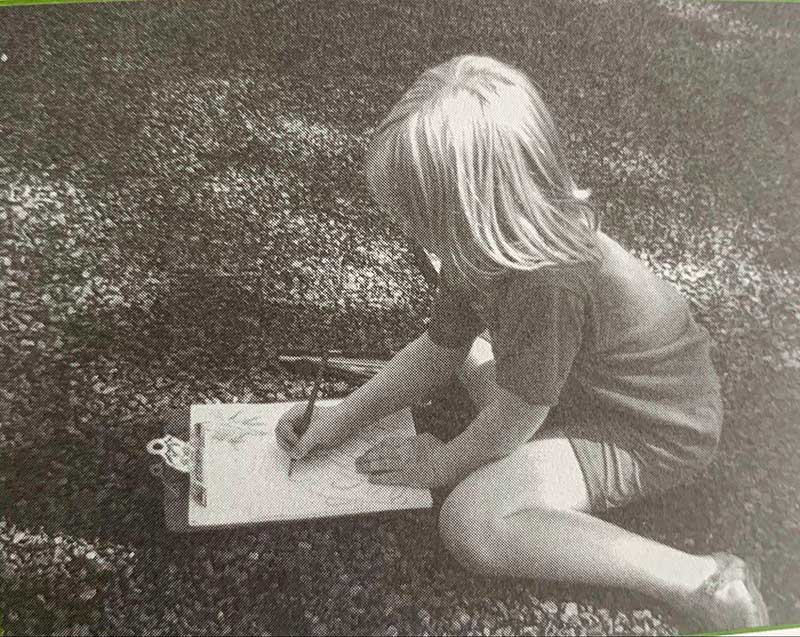
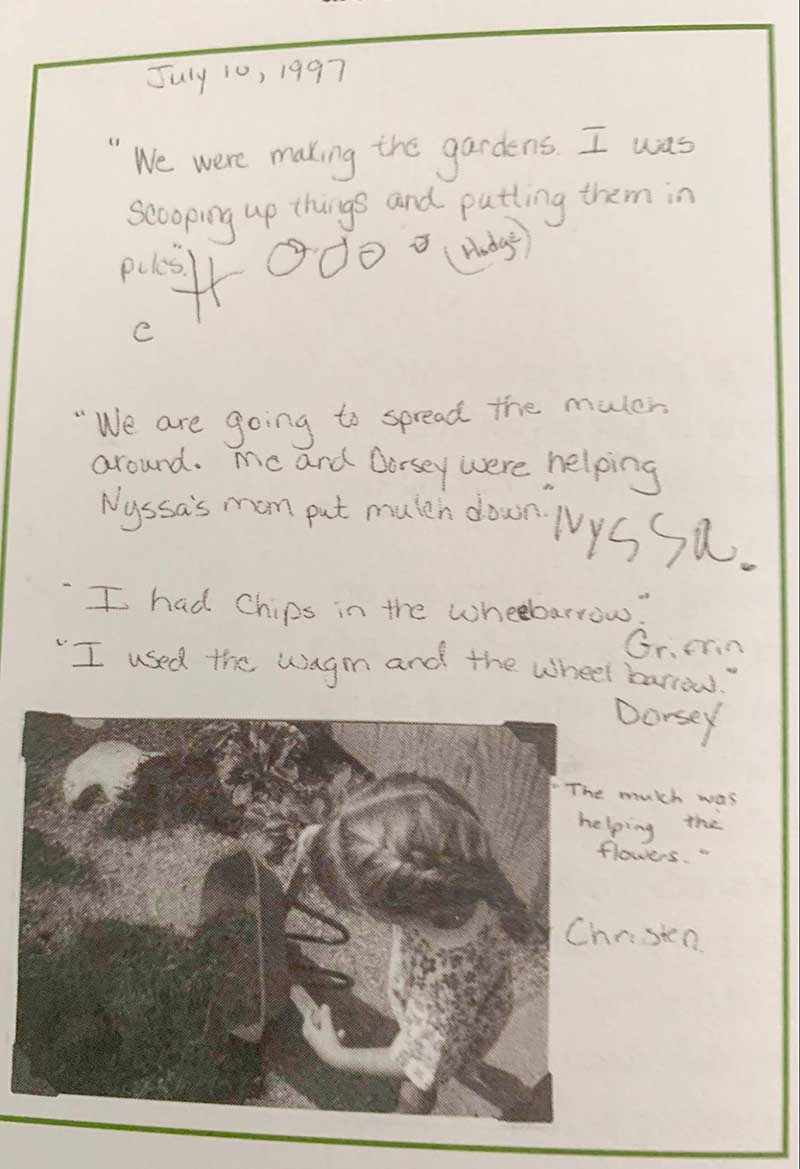
I’m retired now (and glad for it) but as a teacher I did what I could to talk and work with children about things that I felt mattered. I didn’t need to pound them over the head with theories and threats of doom. They wouldn’t know what I was talking about anyway. They just want to have fun and be part of everything and connect with the world.
Engage Children in Gardening
Gardening and exploring nature were ways of engaging children with the world around them. I was working with preschoolers early on and a garden was a great thing. They wanted to help in every way possible: planting seeds in egg containers and watching them sprout. Watering plants and watching them grow. Harvesting and tasting and cooking the plants — that was also fun. Just one way to save the planet and enjoy it.
My last 20 years I worked with infants and toddlers. Even the babies loved to sit by the garden and watch all the happenings. Toddlers loved showing the infants each leaf. I did this for 40 years of my work with young children.
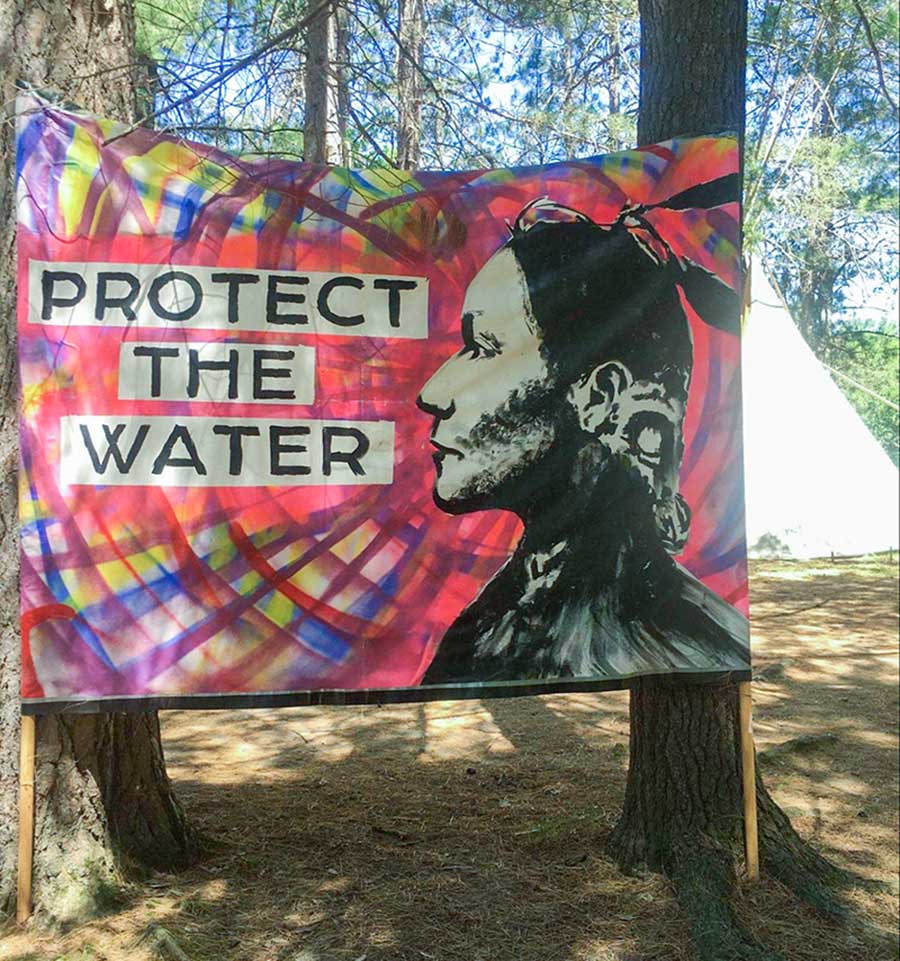
Coming Together to Save the Planet
Fast forward to summer 2021 in Minnesota: I was fighting for the land with people young enough to be my children and some my grandchildren. We came together to save the planet. People offered their skills. Many had already been jailed for civil disobedience, taking huge risks to protect the planet they are inheriting from their over-consuming elders.
Some brought their skills in organizing and training in nonviolent action. Some had been arrested before, like Beena (14 arrests since Trump’s election). Some had been to Standing Rock, another large pipeline protest, in previous years. Others facilitated mindfulness and relaxation skills to use during the violence from police and counter demonstrations. Some recited poetry or sang songs. Or cooked. Or stood outside of the jails waiting for their friends’ release. Some cleaned the camp and tended the garden. We all seemed to take care of one another even though we had just met a few days before. I fell in love with this group right away. It was the passion, the commitment, the sense of duty to the work and the Indigenous struggle. I saw it in the 70s, 80s and 90s in my younger years.
Code Names for Safety
The repression in Northern Minnesota was horrific. Police were trained for war and probably thought it was an attack on them personally. But it never was about them. It was about the planet, and a war our group had never signed up for. People were kicked, pushed, shot with rubber bullets, dragged, tear gassed. We were spied on with planes and drones and strange people. People of color were especially targeted for the worst brunt of this violence.
So, activists had codenames. Mine was Rock (Crag in Scottish Gallic — Craig). There was Flowers, Ocean, Forest, Mango, Beena, oh so many more. Some just used their first names or names of famous abolitionists or fighters of freedom.
We didn’t usually talk about ourselves and reveal much about one another. People didn’t ask questions about your past in fear of hurting others. There was an acute sense of loyalty to one another despite not knowing details about where we all came from, what we all did for a living, or other small talk you might normally use to get to know a person.
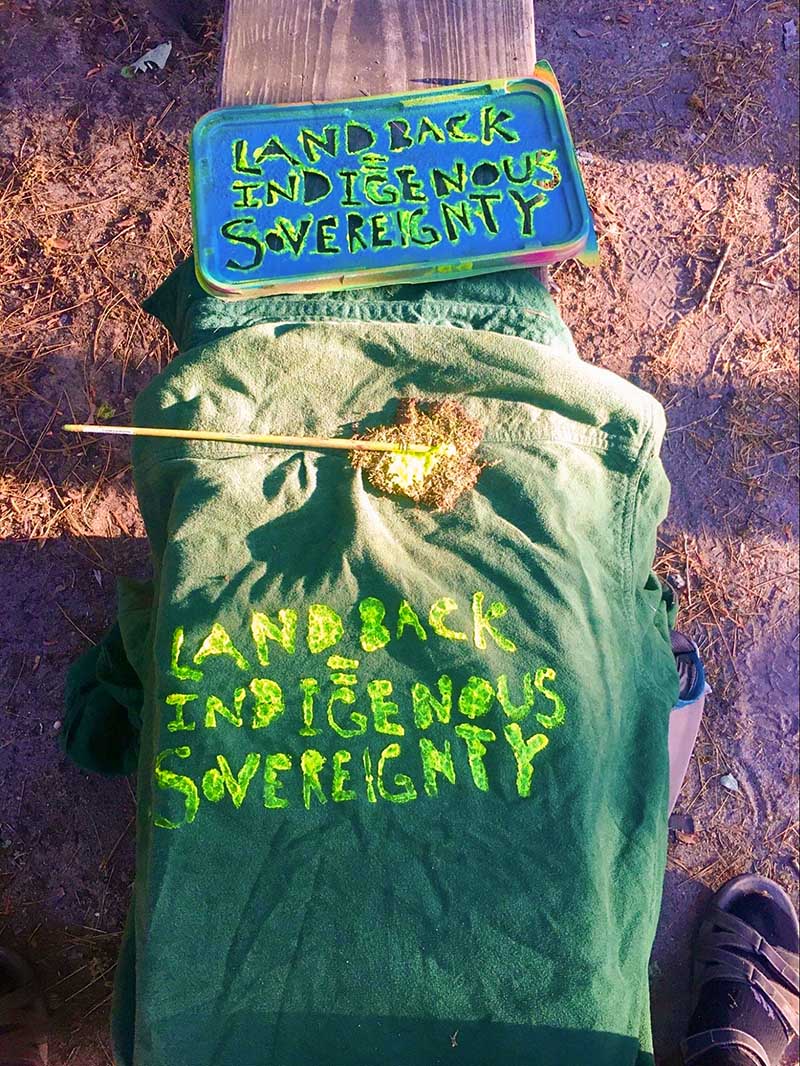
Under Siege
We went through quite a lot together in that time together. On a day of civil disobedience people blocked a road and locked together. It was an extremely hot day in the 90s of Minnesota summer. Others appeared out of nowhere and occupied a construction site a few yards down the road. Police came in force and even a helicopter appeared, kicking up dust onto those locked together.
I didn’t get arrested that day or the following weeks. For various reasons I did support, jail support, a little cooking or cleaning or talking to people. Later in the evening it rained – a thunderstorm – which kept the police from clearing people out but put them in danger of being hit by lightning.
It was all very exciting, scary, emotionally overwhelming. It was beautiful. I have seen nonviolent actions around the world. This was one of the best I have been part of.
Post-Siege
I got to know people very well without learning their actual names or their whole story. Hours outside the jails waiting for release you can bond with almost anyone. I got to know Flowers. Just one person that tolerated my stories. Smart, funny, engaging, articulate, thoughtful — like many of these people. She is a good listener. And I got to know her while waiting for dinner at the camp, sitting out in the rain before going to a meeting, in the evening when we finished the day of training and logistics.
A year almost to the day in 2022 from when we first met, Flowers came to see me and my work in New England with Indigenous people. We were doing a workday with a small Wampanoag tribe near Plymouth, MA. It was a great day of work, community and discussion and getting to know one another.
We were freer talking about ourselves then when we were under siege the year before. I learned more about her growing up in the Midwest and some of her adventures to Morocco with her friend Olivia. She had known I was a preschool teacher and later sent me photos of her time in preschool.
Hollyhocks and Honeybees
She had been in an experimental preschool which talked to children about nature and gardening. Gardening — oh my goodness! She was gardening in preschool and found it exciting and rewarding and — guess what? — educational! She helped to plant seeds, watered them, and watched them, and her thoughtful teacher even took down her words on a poster for all to see: “The mulch is helping the flowers…”. It was an early experiment growing things and was documented in the book Hollyhocks and Honeybees: Gardening Projects for Young Children opens in a new tab.
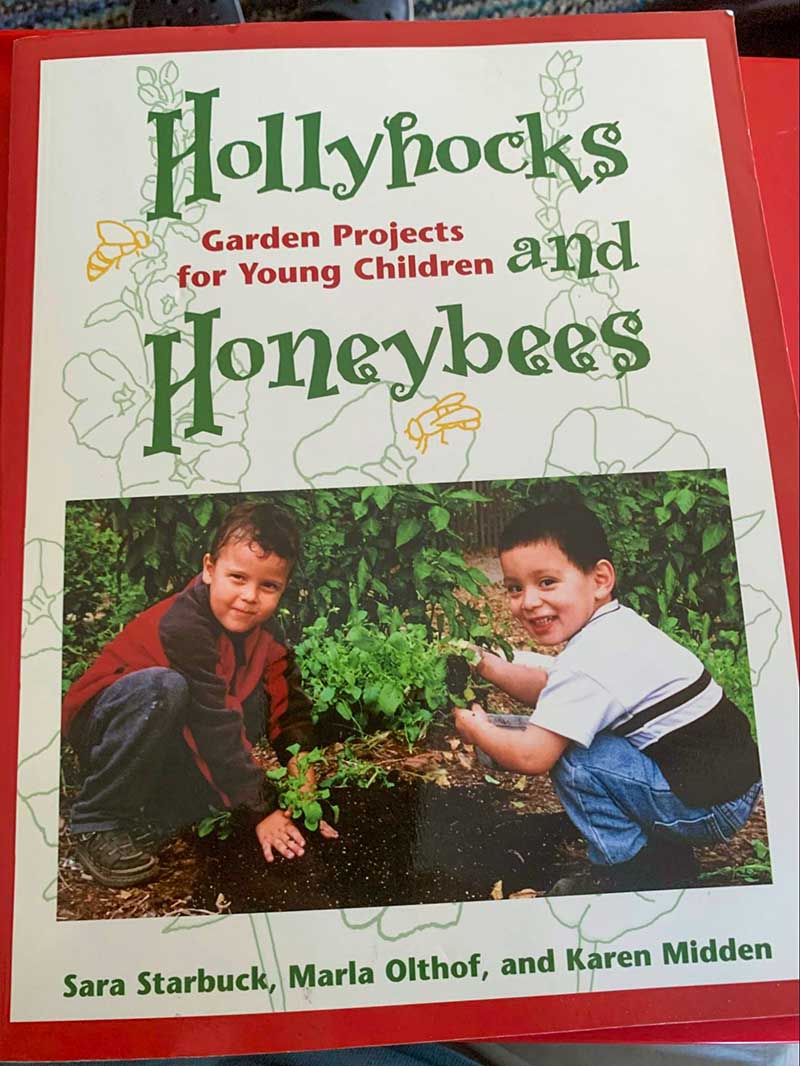
I remember this book! It was one of many I read and used in doing my gardening. Oh, my goodness. This was an amazing thing. We called and talked and talked about this. I even talked to her father for details. This is what I and many other teachers were doing all those years ago. Many more continue to work with nature and gardening today: leading workshops on the topic, talking to other educators. Our group P.E.A.C.E. has sponsored grants to do this.
And the result? Here was Flowers years later, on the front lines of climate change work and supporting the work of Indigenous peoples.
From Gardening to Advocating
Flowers was the only one of her siblings to participate in this gardening/nature project, according to her father. Her siblings didn’t, and they are not involved in the climate change movement. She is doing amazing work. I hear she is still part of these fights, still keeping close relationships with Indigenous people working on these issues.
There are many stories I could write about my friends in this movement, but I find nothing more exciting than hearing their stories of bravery and resolve.
Most of the children I have worked with will probably never be climate activists or nonviolent water protectors, but at least in their lives they had a chance to plant a seed, or eat an ear of corn they actually helped to grow. In the chaos of school and life they got a chance to just watch the natural flow of life. Maybe they will remember this as the planet gets hotter and people become angry and confused.
We teachers are doing our job of getting children ready for a better world to come.

